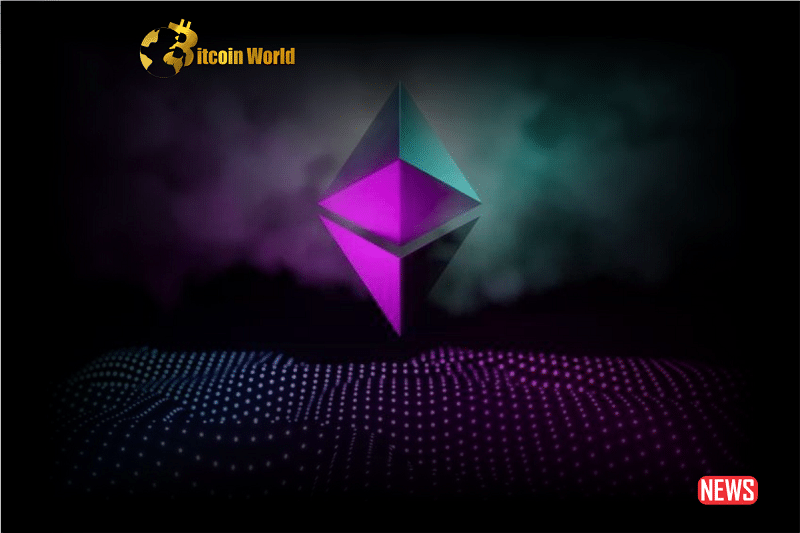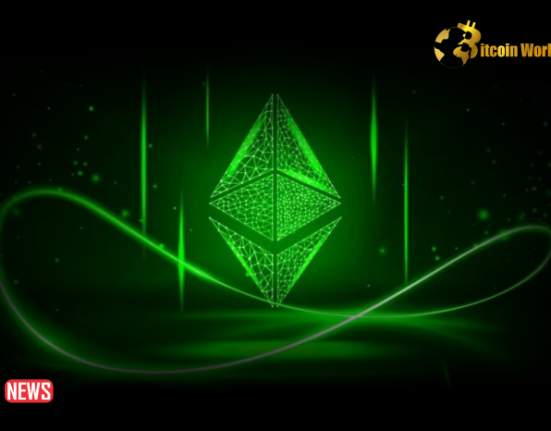The Merge, hailed as Ethereum’s most significant upgrade to date, has reshaped the network landscape, bringing forth promises of deflation and environmental responsibility. Since its implementation on September 15, 2022, Ethereum’s transformation from a Proof of Work to a Proof of Stake consensus mechanism has yielded impressive results.
One of the most notable outcomes of The Merge is the drastic reduction in new Ether issuance, down by over 80% from 13,500 ETH to a mere 2,300 ETH per day. This shift, coupled with the introduction of Ethereum’s burn mechanism a year earlier, has led to Ethereum becoming a deflationary asset. Notably, the amount of ETH in circulation has decreased by almost 300,000 since The Merge, a stark contrast to the 3.8 million ETH that would have been issued under the old Proof of Work system.
However, as Ethereum progresses towards deflation, it faces new challenges concerning decentralization. The rise of liquid staking tokens (LSTs) has directly resulted from The Merge. These tokens represent underlying staked Ether positions that can be easily traded or used within DeFi applications.
Ethereum’s Shanghai upgrade, activated in April 2023, enabled staked ETH withdrawals, reducing the price gap between ETH and popular LSTs. Currently, 42.5% of all staked Ether resides in liquid staking protocols, with Lido, the top LST protocol, witnessing an 82% increase in ETH locked, reaching 8.6 million from 4.6 million at the beginning of the year. Coinbase’s cbETH and Rocket Pool’s rETH also contribute significantly to this burgeoning ecosystem, with 1.17 million and 450,000 Ether locked, respectively.
However, the growing dominance of Lido in the liquid staking space has raised concerns about centralization within the Ethereum network. Critics argue that a concentration of power in Lido could pose a governance threat. Ethereum’s chief scientist, Vitalik Buterin, has proposed that staking providers controlling more than 15% of staked ETH should raise user fees to deter further adoption until their dominance diminishes.
In essence, Ethereum’s journey towards becoming a deflationary asset and its embrace of liquid staking tokens have propelled it into a new era. While it has significantly reduced its carbon footprint and demonstrated commitment to deflation, Ethereum must navigate the challenges posed by the centralization of staking power. The network’s ability to balance deflation and decentralization will be pivotal to its continued success. Consequently, Ethereum’s evolution post-Merge is a story of innovation, adaptation, and the quest for equilibrium in a rapidly changing crypto landscape.














